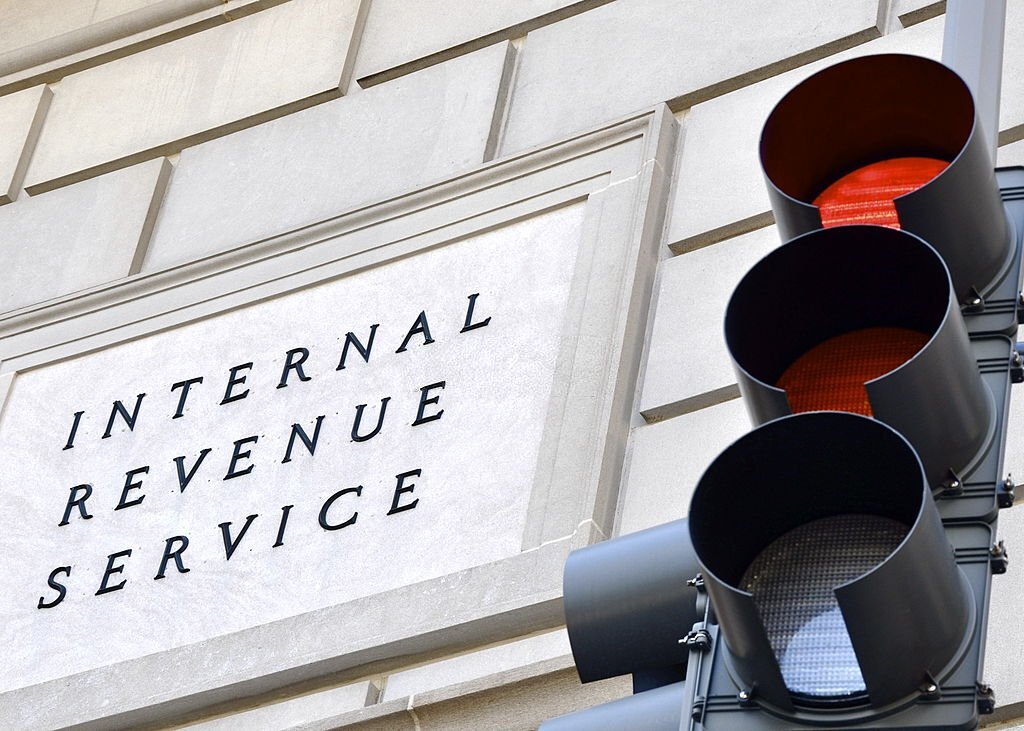LendingClub Corp. released findings from the 12th edition of the Reality Check: Paycheck-To-Paycheck research series, conducted in partnership with PYMNTS.com, on Aug. 1. The Consumer Savings Edition examines the financial lifestyle of U.S. consumers who live paycheck to paycheck, the factors that cause financial distress, and the impact of financial stressors on their ability to manage expenses and put aside savings.
Key findings:
- In June 2022, 61% of Americans were living paycheck to paycheck, up from a low of 52% in April 2021 and 55% in June 2021.
- Average savings dropped $517 from $11,724 in May 2022 to $10,757 in June 2022.
- The biggest rise in paycheck-to-paycheck consumers was in consumers earning between $100,000 and $150,000, up 11 percentage points from May 2022 to 52% in June 2022.
- The average consumer stores 11% of their savings in either stocks or bonds, yet half of all stockholders reported that their portfolios recently lost value in the last three months.
- An estimated 33.5 million—or 13%—of U.S. consumers spent more than they earned in the past six months.
“What a difference a year makes. Last summer we were all worried about how quickly the economy would recover. Now, as inflation continues its upwards swing, consumers are finding it more difficult to manage spending and are eating into their savings as financial pressures mount,” said Anuj Nayar, LendingClub’s financial health officer. “That said, consumers are not yet slowing down their spending habits, despite the rise in the cost of living. Not only is it going to be difficult for them to handle future emergency expenses, but even foreseen payments like education, student loans, or housing expenses may be harder to balance for the everyday American consumer.”
Today’s Paycheck-To-Paycheck Landscape
Living paycheck to paycheck is the most common financial lifestyle in the U.S., with increasing numbers of high-income consumers now living paycheck to paycheck. In June 2022, 61% of Americans were living paycheck to paycheck, up from a low of 52% in April 2021 and 55% in June 2021.
The highest income brackets have experienced significant upswings in the share living paycheck to paycheck from May to June 2022. The biggest rise in paycheck-to-paycheck consumers was for those earning between $100,000 and $150,000, up 11 percentage points since May 2022 to 52%. Forty-one percent of those earning between $150,000 and $200,000 annually lived paycheck to paycheck in June 2022, up six percentage points from 35% in May. Furthermore, the share of consumers earning more than $200,000 who lived paycheck to paycheck rose 6 percentage points from 30% in May to 36% in June 2022.

How Inflationary Pressures Impact Savings
An estimated 33.5 million—or 13%—of U.S. consumers spent more than they earned in the past six months. Among all U.S. consumers, average savings dropped from $11,274 in May to $10,757 in June, an indication that inflation has had an impact on all consumers’ ability to save.
Paycheck-to-paycheck consumers are more likely to prioritize easy access to funds when choosing where to hold their savings, keeping an average of 70% of their money in banks, digital wallets, or cash. Preference for more diversified portfolios increases significantly among high-income consumers.
When choosing how to save, the average consumer has half of their available savings stored in a bank or digital wallet such as PayPal or Venmo. The average consumer also keeps 11% of their savings in either stocks or bonds, and 20% in education or retirement accounts. Meanwhile, consumers in the highest income bracket allocate an average of 58% of their savings to assets other than cash or funds in a financial institution. Consumers earning more than $200,000 per year invested 28% of their available savings in stocks and bonds, while consumers earning between $100,000 and $200,000 invested 14% of their available savings in stocks and bonds.
The most cited factor influencing how consumers store their savings is ease of access to their money, cited by 46% of consumers who have savings. While quick access is the dominant factor influencing savings preferences among paycheck-to-paycheck consumers and lower income consumers, the preference for diversified portfolios increases significantly among high-income consumers: 31% of consumers earning more than $200,000 annually said having a diversified portfolio is the most important reason for choosing how they store their savings, compared to just 8.7% of those earning less than $50,000 per year.
Recent stock market volatility and inflation have made ease of access to funds more of a priority for financially struggling consumers than for those with higher incomes who may be more able to have a longer-term horizon on their savings portfolios.
Click here to view the full report.
Methodology
New Reality Check: The Paycheck-To-Paycheck Report: The Consumer Savings Edition is based on a census-balanced survey of 3,583 U.S. consumers conducted from June 8 to June 27. The Paycheck-To-Paycheck series expands on existing data published by government agencies such as the Federal Reserve System and the Bureau of Labor Statistics to provide a deep look into the elements that lie at the backbone of the American consumer’s financial wellness: income, savings, debt and spending choices. Our sample was balanced to match the U.S. adult population in a set of key demographic variables: 51% of respondents identified as female, 31% were college-educated and 35% declared incomes of over $100,000 per year.
Thanks for reading CPA Practice Advisor!
Subscribe Already registered? Log In
Need more information? Read the FAQs
Tags: Payroll




